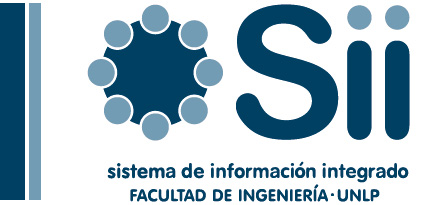ISCS 2013: Interdisciplinary Symposium on Complex Systems [libro electrónico] / edited by Ali Sanayei, Ivan Zelinka, Otto E. Rossler.
Tipo de material: TextoSeries Detalles de publicación: Berlin, Heidelberg : Springer Berlin Heidelberg : Imprint: Springer, 2014.Descripción: x, 400 p. ilTipo de contenido:
TextoSeries Detalles de publicación: Berlin, Heidelberg : Springer Berlin Heidelberg : Imprint: Springer, 2014.Descripción: x, 400 p. ilTipo de contenido: - text
- computer
- online resource
- 9783642454387
- Q342
 Libro electrónico
Lista(s) en las que aparece este ítem:
Ebooks
Libro electrónico
Lista(s) en las que aparece este ítem:
Ebooks
A. Complex Systems Science -- B. Systemic Modeling -- C. Systemic Networking -- D. Complex Systems Science Applications . A. Complex Systems Science -- B. Systemic Modeling -- C. Systemic Networking -- D. Complex Systems Science Applications . C. Systemic Networking -- D. Complex Systems Science Applications . D. Complex Systems Science Applications .
The book you hold in your hands is the outcome of the "ISCSÂ 2013: Interdisciplinary Symposium on Complex Systems" held at the historical capital of Bohemia as a continuation of our series of symposia in the science of complex systems. Prague, one of the most beautiful European cities, has its own beautiful genius loci. Here, a great number of important discoveries were made and many important scientists spent fruitful and creative years to leave unforgettable traces. The perhaps most significant period was the time of Rudolf II who was a great supporter of the art and the science and attracted a great number of prominent minds to Prague. This trend would continue. Tycho Brahe, Niels Henrik Abel, Johannes Kepler, Bernard Bolzano, August Cauchy Christian Doppler, Ernst Mach, Albert Einstein and many others followed developing fundamental mathematical and physical theories or expanding them. Thus in the beginning of the 17th century, Kepler formulated here the first two of his three laws of planetary motion on the basis of Tycho Braheâ_Ts observations. In the 19th century, nowhere differentiable continuous functions (of a fractal character) were constructed here by Bolzano along with a treatise on infinite sets, titled â_oParadoxes of Infinityâ__ (1851). Weierstrass would later publish a similar function in 1872. In 1842, Doppler as a professor of mathematics at the Technical University of Prague here first lectured about a physical effect to bear his name later. And the epoch-making physicist Albert Einstein â_" while being a chaired professor of theoretical physics at the German University of Prague â_" arrived at the decisive steps of his later finished theory of general relativity during the years 1911â_"1912. In Prague, also many famous philosophers and writers accomplished their works; for instance, playwright arel ape coined the word "robot" in Prague (â_orobotâ__ comes from the Czech word â_orobotaâ__ which means â_oforced laborâ__).
No hay comentarios en este titulo.
